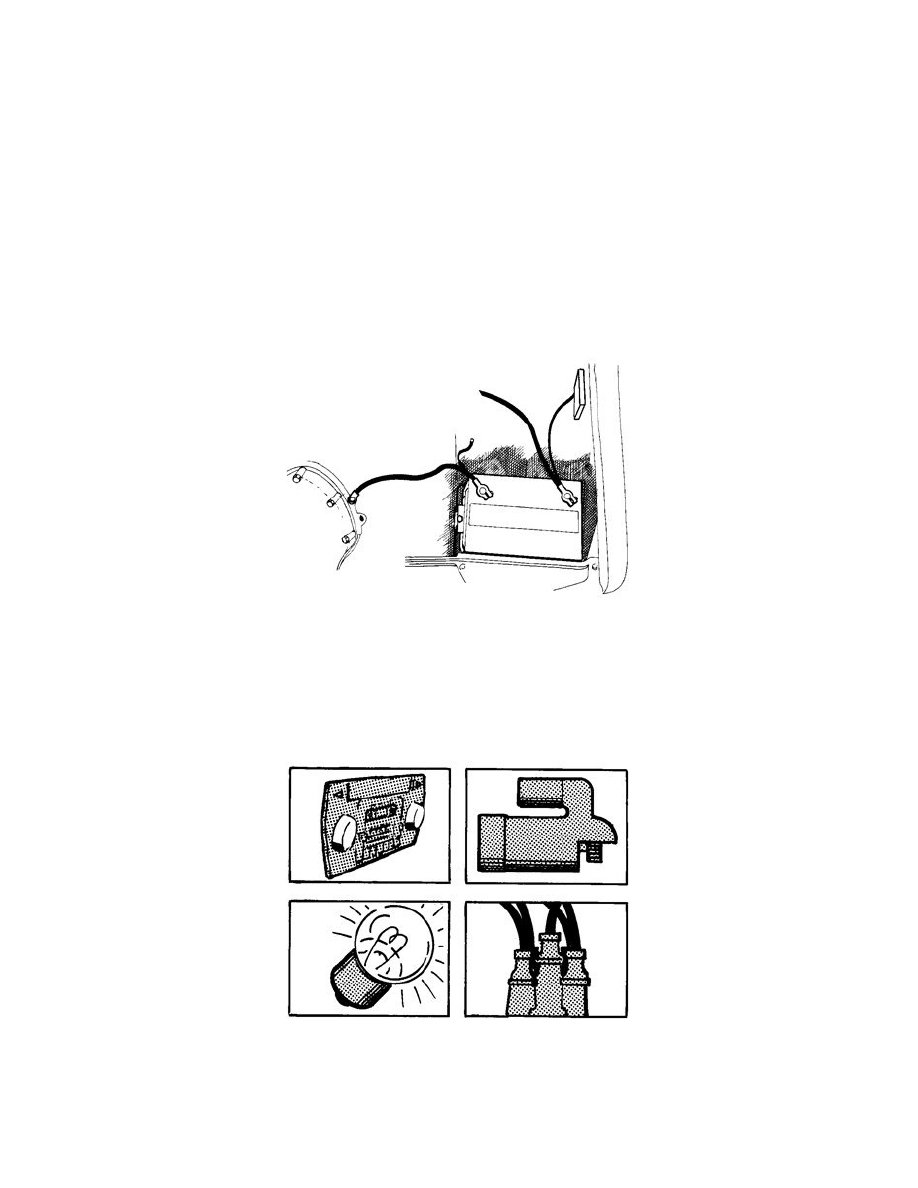V40 L4-1.9L Turbo VIN 29 B4204T3 (2002)

Battery: Description and Operation
Battery
Part 1
Design and function
Introduction
The battery type used in most cars is usually know as a lead accumulator. These batteries are so named because the electrodes are lead and the role of the
battery is to store (accumulate) energy.
A key characteristic of lead accumulators is that they can meet the extreme physical requirements for charging and discharging. Lead accumulators
provide optimal performance as both starter and reserve power batteries. Lead accumulators are relatively cheap to produce and can store large amounts
of energy. As a result, lead accumulators make up in excess of 50% of the entire battery market.
Principle
A battery is a unit which stores chemical energy which can then be converted into electrical energy as required. When the battery is connected to an
external source of consumption (the car starter motor for example), the stored chemical energy is converted into electrical energy and current flows
through the circuit.
The start battery in a car, the lead accumulator, is rechargeable. Such a battery can be recharged repeatedly, whereby electrical energy is converted to
chemical energy.
Function
The function of the battery in a car is to supply the car with a stable voltage in all situations. One of the tasks of the battery is to provide a current when
starting the engine. Other tasks are to provide a current to components (such as the parking lamps) which require current when the engine is not running
(i.e. when the generator (GEN) is not charging). The battery also operates as an energy reserve when the capacity of the generator (GEN) is insufficient
and needs to be supplemented.
A battery works as follows
